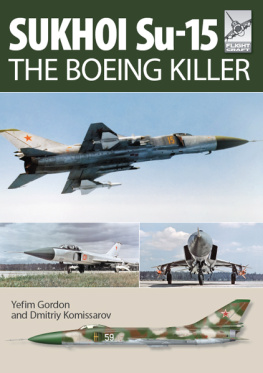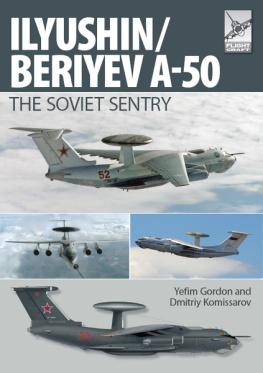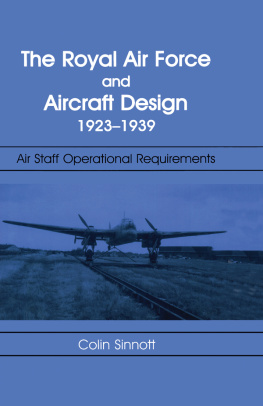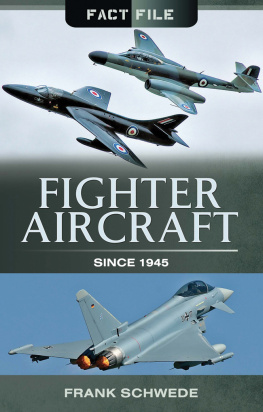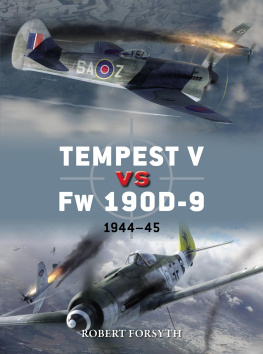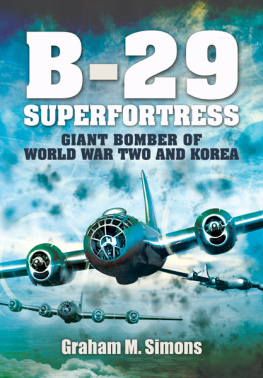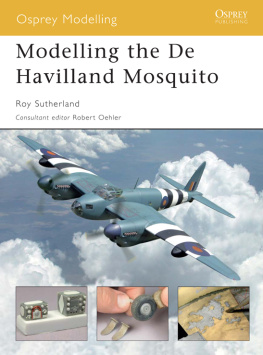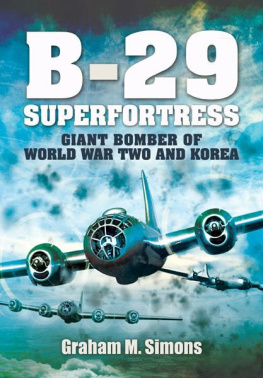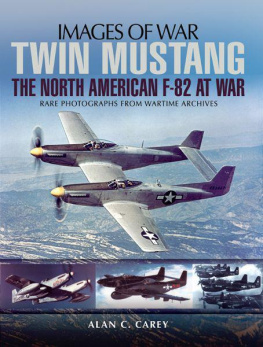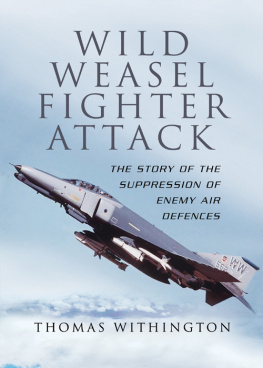Title Page: A pair of Su-15TMs prepares to depart on a night sortie.
First published in Great Britain in 2014 by Pen and Sword Aviation
An imprint of Pen & Sword Books Ltd
47 Church Street, Barnsley, South Yorkshire, S70 2AS
Copyright Yefim Gordon and Dmitriy Kommissarov, 2014
ISBN: 978 1 47382 390 7
EPUB ISBN: 978 1 47385 357 7
PRC ISBN: 978 1 47385 366 9
The right of Yefim Gordon and Dmitriy Komissarov to be identified as Authors of this work has
been asserted by them in accordance with the Copyright, Designs and Patents Act 1988.
A CIP catalogue record for this book is available from the British Library
All rights reserved. No part of this book may be reproduced or transmitted in any form
or by any means, electronic or mechanical including photocopying, recording or by any
information storage and retrieval system, without permission from the Publisher in writing.
Printed by Printworks International
Pen & Sword Books Ltd incorporates the Imprints of Pen & Sword Aviation, Pen & Sword
Family History, Pen & Sword Maritime, Pen & Sword Military, Pen & Sword Discovery,
Wharncliffe Local History, Wharncliffe True Crime, Wharncliffe Transport, Pen & Sword
Select, Pen & Sword Military Classics, Leo Cooper, The Praetorian Press, Remember When,
Seaforth Publishing and Frontline Publishing
For a complete list of Pen & Sword titles please contact
PEN & SWORD BOOKS LIMITED 47 Church Street, Barnsley, South Yorkshire, S70 2AS, England
E-mail:
CONTENTS
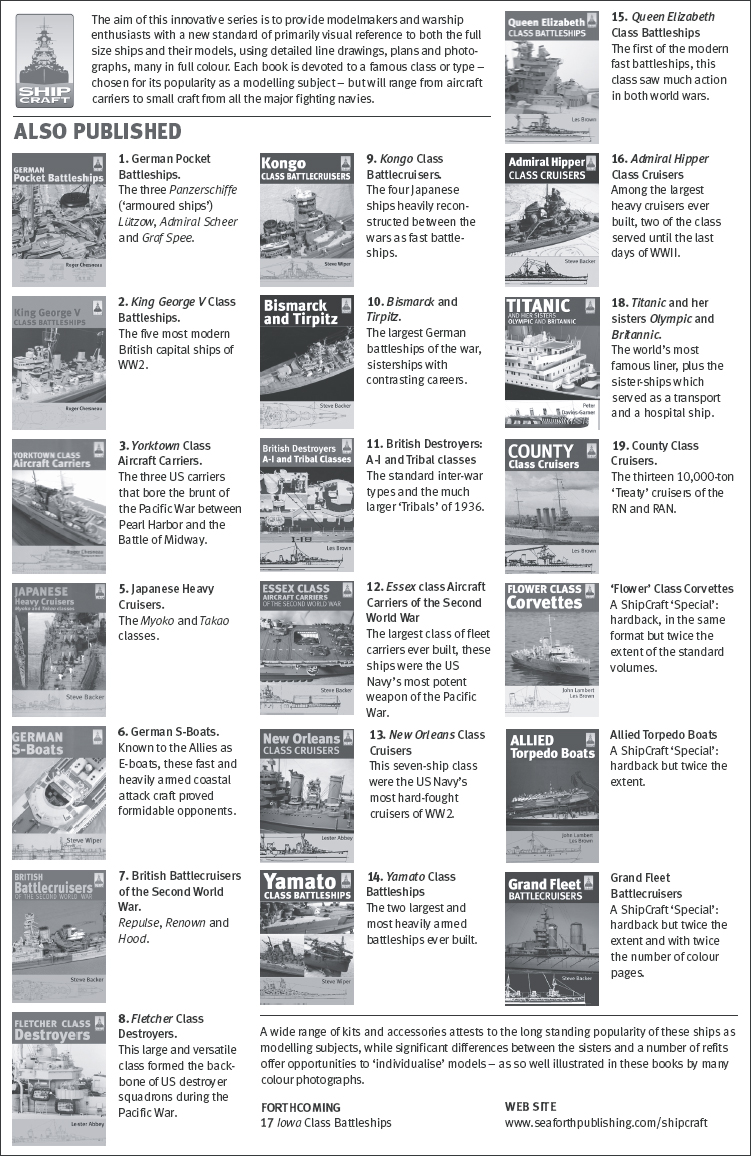
Introduction
A fter its resurrection in 1953 under the new number OKB-51 (opytno-konstrooktorskoye byuro experimental design bureau) the Moscow-based design office headed by Pavel O. Sukhoi started work in two main areas, developing a supersonic tactical fighter for the Soviet Air Force (VVS Voyenno-vozdooshnyye seely) and a supersonic interceptor for the Air Defence Force (PVO Protivovozdooshnaya oborona). At that time two distinct design schools, or scientific methods, existed in the Soviet Union with regard to high-speed flight. One was headed by Professor Vladimir V. Stroominskiy, an avid proponent of swept wings; the other was led by Professor Pyotr P. Krasilshchikov, who favoured delta wings. Both types of wings had their merits, therefore OKB-51 worked in both directions at once, designing the single-engined S-1 tactical fighter and the T-3 interceptor which featured considerable structural and systems commonality; the S and T stood for strelovidnoye krylo (swept wings) and treugolnoye krylo (delta wings) respectively. The two aircraft eventually evolved into the famous Su-7 Fitter-A fighter-bomber and the Su-9 Fishpot-B missile-armed interceptor (known in-house as the T-43) respectively, the latter type entering service in October 1960. The Su-9 further evolved into the T-47 interceptor featuring a more powerful fire control radar and longer-range missiles, which entered service in February 1962 as the Su-11 Fishpot-C.
In the second half of the 1950s the Western world began fielding new airborne strike weapons systems, forcing the Soviet Union to take countermeasures. In particular, new state-of-the-art interceptors possessing longer range and head-on engagement capability were required for defending the nations aerial frontiers. Creating such an aircraft appeared a pretty nebulous perspective, considering that many a promising programme for the re-equipment of the VVS and the PVO was terminated when Nikita S. Khrushchov was head of state.
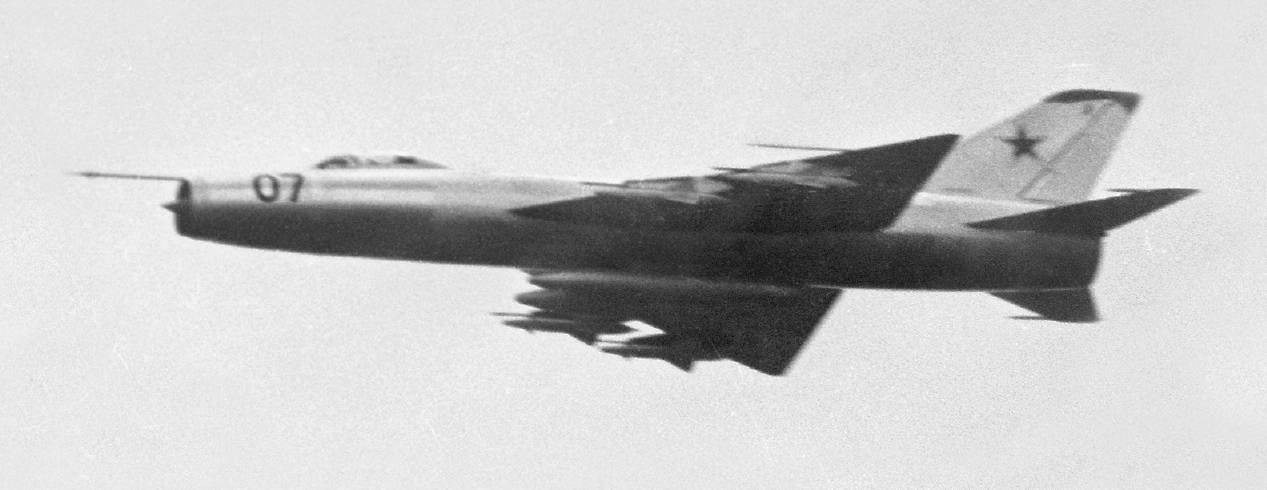
A late-production Su-9 interceptor armed with four RS-2-US missiles.
In this generally troubled climate the outlook for the Sukhoi OKB seemed quite favourable at first. however, By mid-1961 it became obvious that the first-line units of the VVS and the PVO had run into big problems with the Su-7B and Su-9, the appallingly low reliability of the Lyulka AL-7F afterburning turbojet being one of the worst. In the first 18 months of service, more than 20 aircraft were lost in accidents, more than half of which were caused by engine failures. The PVO began lobbying for the production entry of the Yakovlev Yak-28P Firebar interceptor on the grounds that it was twin-engined, ergo safer. The State Committee for Aviation Hardware (GKAT Gosudarstvennyy komitet po aviatsionnoy tekhnike) amended its production plans accordingly, and in the three years to follow GKATs aircraft factories were to manufacture only twin-engined interceptor types the Yak-28P and the Tupolev Tu-128 Fiddler long-range heavy interceptor. Additionally, the rival OKB-155 headed by Artyom I. Mikoyan had begun trials of the promising MiG-21PF Fishbed-D light tactical fighter/interceptor powered by a single Tumanskiy R11F2-300 afterburning turbojet which, though less powerful than the AL-7F, was much more reliable. Consequently on 27th November 1961 the Soviet Council of Ministers (= government) issued a directive ordering Su-9 production to be terminated in 1962 and cutting the Su-11s production run dramatically for the benefit of the Yak-28P.
Thus OKB-51 was now facing not just further programme cuts but the daunting prospect of being closed altogether for a second time as unnecessary. Considering the disdainful attitude of the nations political leaders towards manned combat aircraft, the chances of developing all-new aircraft were close to zero; all the OKB could do was modernise existing designs, and then only if state-of-the-art missile armament was integrated did these plans have any chance of success.
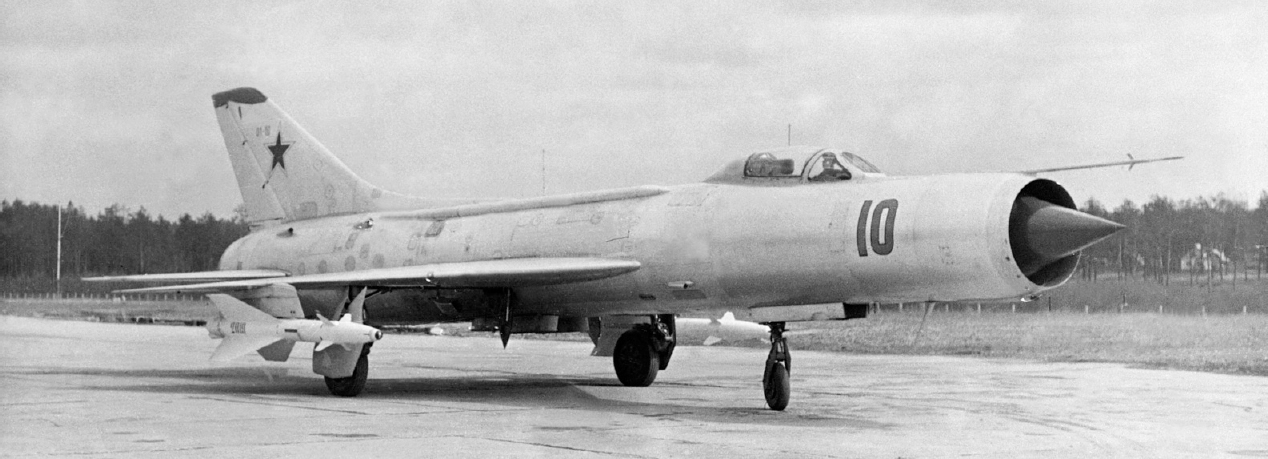
10 Red, the tenth production Su-11, armed with two R-8M medium-range AAMs.

The P-1 experimental interceptor the first Sukhoi jet with lateral air intakes.
This was the situation in which the Sukhoi OKB began development of the T-58 single-engined interceptor the first aircraft to have this designation. To win support at the top echelon the project was disguised as a further upgrade of the Su-11. The OKB-339 avionics design bureau offered two alternative radars for the T-58 the Oryol-2 (Eagle-2), an upgrade of the Su-11s RP-11 Oryol radar, and the brand-new Vikhr (Whirlwind). However, both radars were too bulky to fit inside the shock cone of an axisymmetrical nose air intake as used on the Su-11; hence the radar occupied the entire fuselage nose, the AL-7F-2 engine breathing through two-dimensional (rectangular-section) lateral intakes with vertical airflow control ramps a design that was not yet fully explored in the Soviet Union at the time. By then OKB-51 already had some experience with lateral air intakes, having used them on the P-1 delta-wing two-seat experimental interceptor of 1956 and the T-49 experimental interceptor of 1959 (basically a modified Su-11).
The conical radome mated with a basically cylindrical forward fuselage that was flattened from the sides in the cockpit area and flanked by the air intakes which blended smoothly into a centre fuselage of basically cylindrical shape. The rear fuselage structure, wings, tail unit and landing gear were identical to those of the Su-11. The armament consisted of two air-to-air missiles (AAMs).
Next page
